Description
What is the 433MHz Lora Amplifier 100W Amplifier?
The 100W Amplifier 100W RF Amplifier CTRF-ANTENNA-AMP-PA-0433-100W UHF Amplifier comes with a 425-450MHz UHF band, 100Watt, RF Power Amplifier is supplied by C&T RF Antennas Inc which is suitable for a variety of linear and non-linear modulation schemes.
UHF Amplifier 425-450MHz 100W Amplifier 100W RF Amplifier Is Available At C&T RF Antennas Inc. We provide RF products with RF antennas, Antenna Accessories, Amplifiers, And Repeaters.
C&T RF Antennas Inc provides internal & external antennas with antenna radio frequencies such as NFC, 169MHz, 230MHz, 315MHz, 433MHz, 868MHz, 915MHz, VHF&UHF, Lora, NB-IoT, ADS-B, GSM, GNSS, GPRS, 1.2 GHz, 1.4 GHz, 1.8 GHz, Wi-Fi 2.4 GHz, 5.8 GHz, Cellular 2G, 3G, 3.5 GHz, 4G LTE, GPS, 5G NR, 6G, etc.
C&T RF Antennas Inc. provides RF antennae with Omni & Directional antenna types such as Dipole Antennas, Whip Antennas, Marine Antennas, Router Antennas, MIMO Antennas, Combo Antennas, PCB Antennas, FPC Antennas, Spring Antennas, Magnetic Antennas, Sector Antennas, Yagi Antennas, and Accessories, etc, for IoT & M2M industries.
We Offer 100W Amplifier Pricing, & 100W Amplifier Datasheets, inventory For 100W amplifiers, and other 100W RF Amplifiers.
Contact us for more RF amplifier and power amplifier designs.
100W Amplifier 100W RF Amplifier Technical Specifications:
| Model | CTRF-ANTENNA-AMP-PA-0433-100W |
| Frequency(MHz) | 425-450 |
| Input Power | ≤20dBm |
| Output Power(W) | 50±1(100W ) |
| ALC Range(dB) | ≥25 |
| In-Band ripple(dB) | ≤3 |
| Gain(dB) | 50 or Customized |
| Gain Adjustment Range(dB) | >31/1dB step or Customized |
| Gain Adjustment Linearity(dB) | ≤±1 |
| Gain Flatness(dB) | ±0.5(Max) |
| Impedance(ohm) | 50 |
| VSWR | ≤1.4:1 |
| Voltage(V) | DC+28 |
| Power Current | ≤6.5A |
| RF Connector | SMA-50K or other Customized |
| Monitor interface | RS-485 or RS232 or other Customized |
| Monitoring communication protocols | Use the Manufacturer’s protocol or Customized |
| Working Temperature | -40~+65 degree |
| Storage Temperature | -55 to +85 degree |
| Operating Humidity | 0 to 90%, relative |
| Surface Color | Metal color conductive oxide and other colors customized |
| weight | ≤1.2KG |
| Remark | Module with output short circuit or open circuit protection |
100W Amplifier 100W RF Amplifier Monitoring Function Description:
| No. | Monitoring function | Description | |
| 1 | query | PA ALARM | When an alarm amplifier failure |
| 2 | SWR ALARM | Amplifier output reflection is too large, VSWR exceeds3:1, an alarm is generated | |
| 3 | Over-temperature alarm | Module internal temperature exceeds85 ℃ generates an alarm and turns off the amplifier until the temperature returns tobelow65 ℃,re-open the amplifier | |
| 4 | Over-output power alarm | When the output power exceeds the nominal full power2dBisan alarm | |
| 5 | Input power detection | Accuracy of± 1dB | |
| 6 | Reverse power detection | Accuracy of± 1dB | |
| 7 | Output power detection | Detecting the actual output power amplifier, Accuracy of± 1dB | |
| 8 | Temperature detection | Detection module operating temperature, detection range: -25 ~ +90 ℃, Accuracy of± 3 ℃ | |
| 10 | SWR | Detecting amplifier output port VSWR range of 1.2~ 4.0 | |
| 11 | query and set | PA attenuator Set and query | Set and query the value of ATT |
| 12 | PA switching query and set | Query and set the state open tube amplifier | |
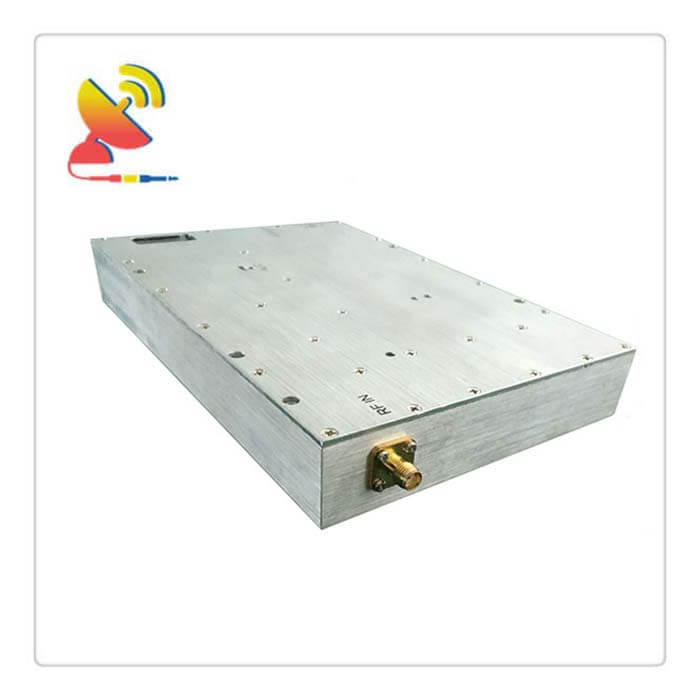
Experimental questions
1. How to measure the efficiency of the power amplifier in the actual test?
Answer:
To measure the actual output power, an audio signal generator and an audio voltmeter (or oscilloscope, etc.) are required, which are calculated based on the output voltage amplitude under a fixed load.
2. What are the advantages and disadvantages of Class D power amplifiers?
Answer:
Advantage:
The class D power amplifier has a high energy conversion rate, and its size is small, with strong reliability.
Class D power amplifiers can directly realize group control, remote control, monitoring, and other functions without adding any devices.
The class D power amplifier has no relative changes in high frequency, intermediate frequency, and low frequency. Its sound is very clear, and the sound has a very accurate positioning.
Class D power amplifiers can be used in a wide range, and the minimum value of the load impedance connected to it can be very low. In addition, regardless of how the load impedance value changes, the battery conversion rate is basically unchanged.
Disadvantages:
The fidelity of the Class D amplifier is worse than that of Class A and Class B amplifiers

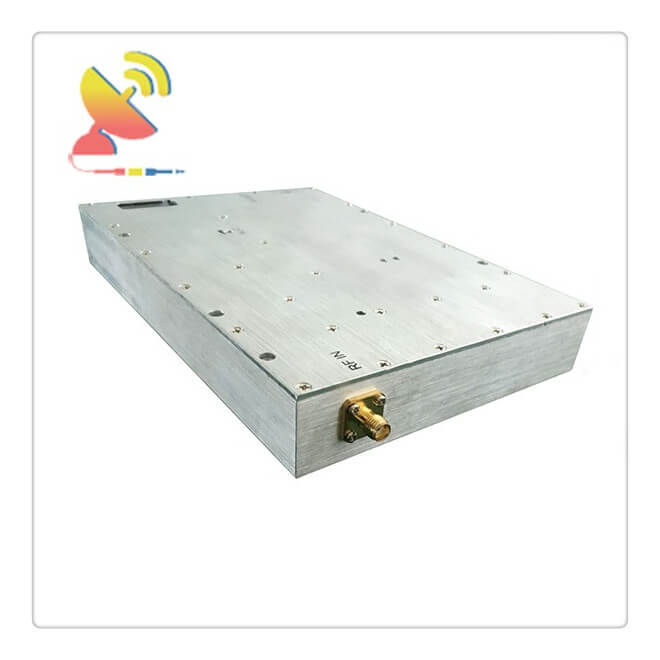
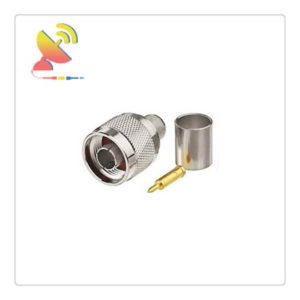
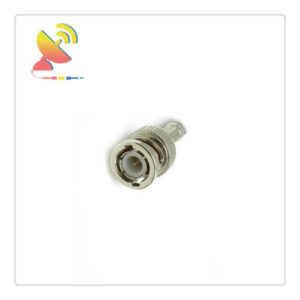
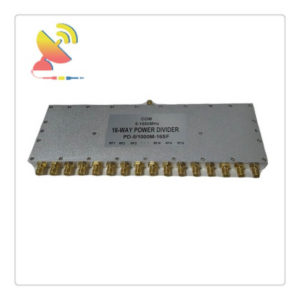
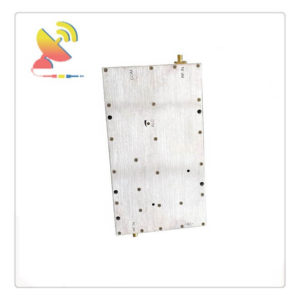
Reviews
There are no reviews yet.